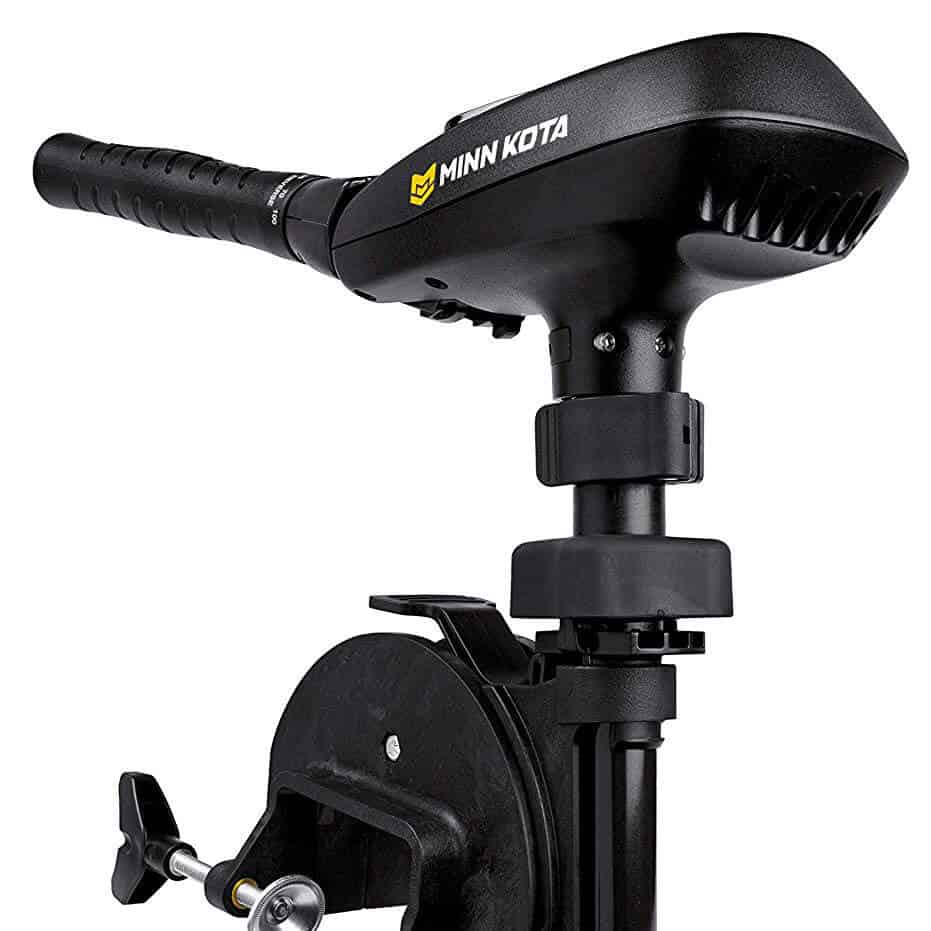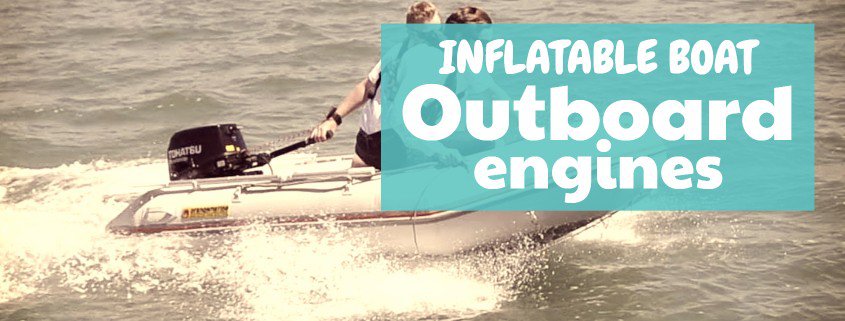You’ve read the marketing material about Minn Kota’s Digital Maximizer technology. It sounds great!
Up to Five Times Longer Run Time on a Single Charge.
https://minnkota.com.au/technology-items/digital-maximizer-fresh/
5x longer run time? Yes please! But does it work and is it worth the extra $$$?
Let’s find out.
Contents
How does the Digital Maximizer work?
To find out what makes Digital Maximizer motors work more efficiently, let’s first have a look at how traditional trolling motors work. (The Fisherman’s Electrical Manual is a good read if you want to know the details.)
Traditional electric trolling motors use a mechanical stage circuit where voltage runs through resistors and speed coils. They have a handful of speed settings (usually 5 forward). Changing speed settings simply results in switching between which speed coil is used in circuit. Going slower means that extra voltage is absorbed by a different speed coil. This generates heat in the coil, which has to be cooled. The speed coils are located below water, in the housing of the motor. They are cooled by the water, which is why you can’t run traditional trolling motors out of the water.
Speed coil motors use almost the same amount of power at speed 1 and speed 5. The excess power is being diverted around the motor through the speed coils. The inefficiency of power usage is obvious.
Digital Maximizer based Minn Kota motors work totally differently. They use Pulse Width Modulation (PWM) to control speed, instead of the set number of speed coils in traditional motors.
With PWM, the transistors switch on and off at approximately tens of thousands of times per second. The ratio between on vs off intervals is what controls the current flow, without wasting energy.

With longer on times, more current flows, so the motor spins faster. With longer off times, less current flows, and the motor spins slower.
Also, as no power is lost on coils, the pulses reach full voltage and produce greater torque.
Digital Maximizers also have a soft start feature, which ramps torque up smoothly, instead of sending all the electricity at once. This extends the life of the motor.
Here is a picture of the wiring of the 2 types of motors, you can see that the Digital Maximizer motor has more things going on, and it has a circuit-board as well.

What does this all mean and what are the benefits?
PWM based speed control systems, like Minn Kota’s Digital Maximizer, provide superior power efficiency.
- Instead of just 5 speeds, you get infinite speed adjustments. You can dial your speed in exactly, and never go too slow or too fast again.
This makes it easier to control the boat, especially when you’re fishing. - Constantly fine-tuning your speed by changing between speed settings on traditional motors causes the battery to surge, draining excess power.
Digital Maximizer based motors draw constant power, which is easier on the battery. - The motor and battery will have a longer life span, as there will be no sudden surges of power.
Now you can see why the Digital Maximizer is more efficient than a traditional motor.
Are Digital Maximizer motors more efficient in real life?
At the highest speed setting, they are not. Pulse width modulating Digital Maximizer motors are at about the same efficiency as traditional speed coil motors at full throttle.
However, they are much more efficient at lower speeds.
I had a chance to compare a Minn Kota Endura C2 with an Endura Max on a fishing trip.
Trolling at around half power, we got about 2x more running time out of the Digital Maximizer equipped Endura Max.
Not quite the 5x figure Minn Kota’s marketing suggests, but not bad at all. Though this was a real world test, it was not scientific at all. It would also depend on wind, currents, load, etc.
I’m not a scientist, but my experience does show what you can expect.
Here is an informative video comparing the basic C2 with the Max.
Is the Minn Kota Digital Maximizer worth it?
The premium you pay for motors equipped with the Digital Maximizer tech are only worth it, if you troll at low speeds most of the time.
At max speeds, power draw is identical to traditional trolling motors.
Can you really go 5x longer than a traditional motor? In real life, I doubt it. You would need to stick to the lowest possible speed setting to maximize your efficiency gains, but even then, I don’t think so.
So should you get one? It depends on how you would use the motor.
My thoughts on this are the following:
- If you can get a bargain on a Digital Maximizer motor, go for it. Sometimes you can get the 45 lbs thrust version of the Endura Max for almost the same price as the non-Maximizer Endura C2.
- If you are a fisherman hunting for fish at slow speeds, you’ll definitely benefit from a Digital Maximizer motor. Especially if you use iPilot’s GPS anchor.
You’ll get more time on the water, and your motor and battery will last longer. - If you are a recreational boater, you will probably max out your speed a lot. Other than better motor and battery utilization, you will not see much benefit from Digital Maximizer motors.
Best Minn Kota Digital Maximizer Trolling Motors
Here are the trolling motors Minn Kota offers with their Digital Maximizer technology.












I think this is the source of a lot of the misconception that kept being reiterated on the internet – that Trolling motors with 5 speed consumes the same amount of power whether at F1 or F5.
This is flat out FALSE.
Like you, I’ve measured the amp draw from a battery monitor and saw about 6.6A at F1 and 8.3 at F2 on Minn Kota Endura C2 40.
The motor does heat up at F1 when out of the water at low speed, so some resistance is definitely in the low speed circuit to bring down the voltage so motor spins at a lower speed.
Do we have any idea what’s inside that potted end of the front of the motor compartment? I’m not convinced that potted module contains resistors. I ohmed the three wires (YEL/WHT/YEL) to each other. All combinations ohm out to 0.5 ohms. Don’t think three wires would provide four different speeds 8/9/10/11 volts. Or maybe two of the speeds are handled inside the speed controller switch and the other two are handled in that potted module? Normally when resistors fail due to excessive current, they will open. I believe what’s ever inside the potted material is shorted, maybe power transistors.
Hello Tom
m’y minn Kota is endura 36 from 2000. I have a amp meter in line inserted between the battery and the motor.
Yes I mesure with ampere meter around 7 amps at first speed without pwm. I was expecting amps to be higher and lost in heat in the coil.
With motor at full speed, With the PWM in line at 7 amps, the speed and sound of the motor seem pretty similar than without PWM.
With my measurements I cannot said 2x longer. I will do more test and verify my setup!
Hello Tom
I did the conversion with a very old endura 36 lbs to pwm module but I dont see the gain with the Amp measurements.
I measured approx 7, 9,12,15 and 27 amp for each speed no pwm. With the coil system to control the speed I was expecting like you mentioned a more constant Amp. Accros the speed and dissipation in heat instead. This is not the case. Can you publish your amps measurements you have?
I was not able to mesure the speed of my boat so with the pwm module I am not sure is 7 amp is really speed 1.
To test the pwm,I added in line and put the motor at full speed to remove any coil.
Hi, I’m not sure what you mean by this: “conversion with a very old endura 36 lbs to pwm module”.
Did you convert an old coil-based trolling motor to a PWM one somehow?
Hello Tom
Yes I have a min Kota without maximizer. I bought a 30 amps pwm module on internet and I installed it between the battery and the motor and I put the motor at full speed.
What are the Amps value for each speed with your coil motor for a certain speed or rpm and then with your maximizer ?
Hello
Interested in your findings with the PWM controller.
I have recently purchased a 60A PWM controller to replace the speed control and coils on an Endura 50lb motor.
Will be testing next year as soon as the bot is back in the water.
Hi, I mentioned in the article that mine was not a scientific test. I didn’t measure amps like you, just running time. The science behind how PWM and coil-based trolling motors work is a fact though.
So to be clear, you had a separate clamp meter (or some other measuring device) hooked up WITHOUT the PWM conversion module installed, and you had 7 amp power usage at speed 1?
One average a 12v motor uses one amp for every one pound of thrust. The 12v standard 40lb thrust motor at its highest setting uses 40amps to produce the stated 480 watts of power. I hope this helps